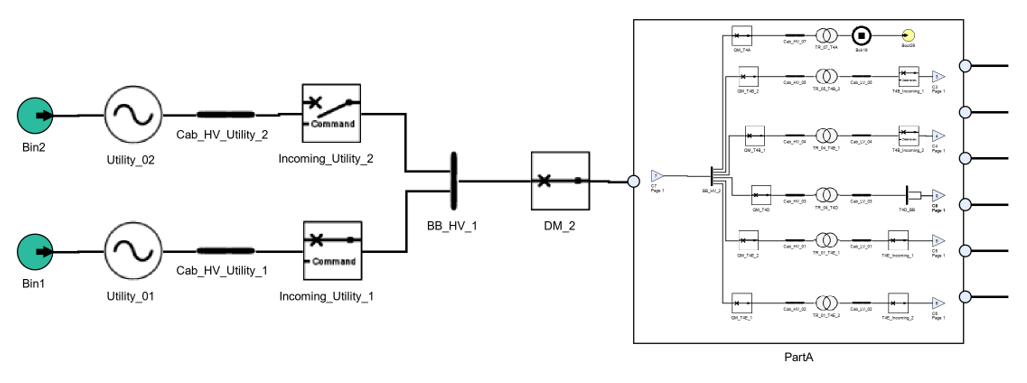
With Flex, you can construct multi-stream block diagrams that facilitate the creation of your own Petri net prototypes, for a more accurate and exhaustive overview of your operations at every stage of production.
Flex uses Monte-Carlo Simulation to model systems and their logistics support and to calculate their production availability and results. This decision-making tool can be used to optimize the design of a given unit by comparing the production availability of various architectures, in order to identify weak points and check that the targets defined for the system are being met.







